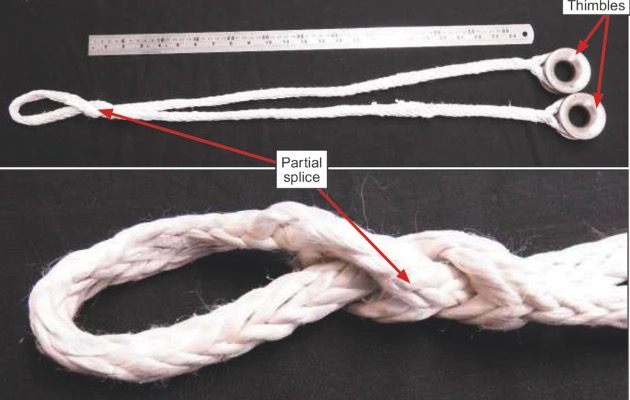What has been learnt from the incident?
Two main points are highlighted in the report as to how Andrew Ashman’s accident happened: that the preventer strop failed and that Ashman moved into the danger zone.
Clipper’s standard operating procedures state:
– Main sail traveller – (death alley) never sit in line with the traveller, never walk around the leeward side of the traveller, never walk over the traveller and never hold the mainsheet between the traveller and the boom or sit between the traveller winches and aft ‘coffee grinder’ when running down wind
– Boom preventer – This is to be used at the skipper’s discretion and at all times that the yacht is sailing deeper than a beam reach. Whenever sailing deeper than a beam reach, no crew shall sit in the area between the main sheet traveller winches and the aft ‘coffee grinder’. In case of failure of the preventer, the skipper is advised to rig a second temporary preventer when the course they are on is likely to be steady for a considerable time’.
Although the report acknowledges that the area forward of the mainsheet traveler winches had indeed been identified as a danger zone, ‘this area was not marked out on deck – but the crews’ training made it clear that the area was to be avoided.’
With regards to the preventer, the MAIB recovered the parted strop and sent it to Materials Technology Ltd (MTech) for inspection and testing. ‘The test report concluded that the primary failure mode was consistent with overload failure at the strop’s partial splice, which might have been exacerbated by uneven loading of the splice, resulting in fewer fibres bearing the load, thereby creating a high stress point and pinch points.’

Following the accident and collection of the initial evidence the MAIB recommended to Clipper that they remove the current HMPE preventer strops from service.
While the fleet continued towards Rio de Janeiro, Clipper:
– Instructed its skippers to inspect the preventer strops for chafe and wear, and to replace them as required.
– Installed a temporary secondary preventer system during the remainder of the leg to Rio de Janeiro where this was then replaced with a block.
– After Rio de Janeiro, Clipper marked the danger zone on board the Clipper 70s.
MAIB conclusions following Andrew Ashman’s accident
– It is likely that the skipper was spending considerably more time monitoring the crew than he would have done had they been more experienced or further into the Race. While the reasoning behind his decision is perhaps understandable, it resulted in the deck being left unsupervised by the skipper at a time of heightened risk.’
The report also notes that the skipper was not keeping a record of his hours on watch
– It is possible that Andrew was pre-occupied considering the reefing evolution and the pre-reefing brief that he was about to give to his team, and so forgot about the danger zone.
– The danger zone was not marked on the deck and there were no visual hazard markings to remind the crew of the danger.
– Had Clipper been aware of the preventer strop’s actual breaking load and its relative weakness in the preventer arrangement, the strop could have been redesigned so as to ensure its load capacity was more consistent with its intended application.
Other safety issues the report highlights include:
– As the wind increased… it would have been wise for the helmsman to have been replaced with a more experienced crew member.
– Andrew entered the cockpit danger zone without challenge from other crew members.
– Wider promulgation of the limitations of HMPE rope would be beneficial.



